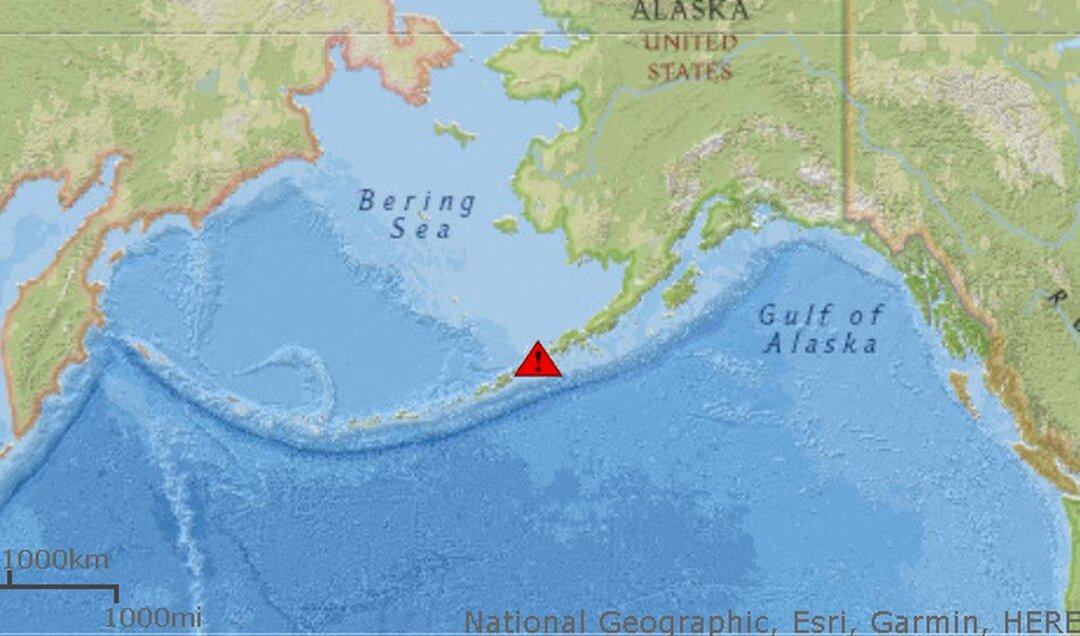U.S. officials issued a red aviation alert for the Shishaldin Volcano in Alaska after significant seismic activity was reported over the weekend.
“Eruptive activity continued over the past day at Shishaldin Volcano, with lava flows visible on the NE flank of the volcano in web camera imagery and elevated surface temperatures in satellite data,” wrote the Alaska Volcano Observatory on Sunday. “A robust steam plume moving to the south-southeast was also visible in webcam imagery yesterday.”





